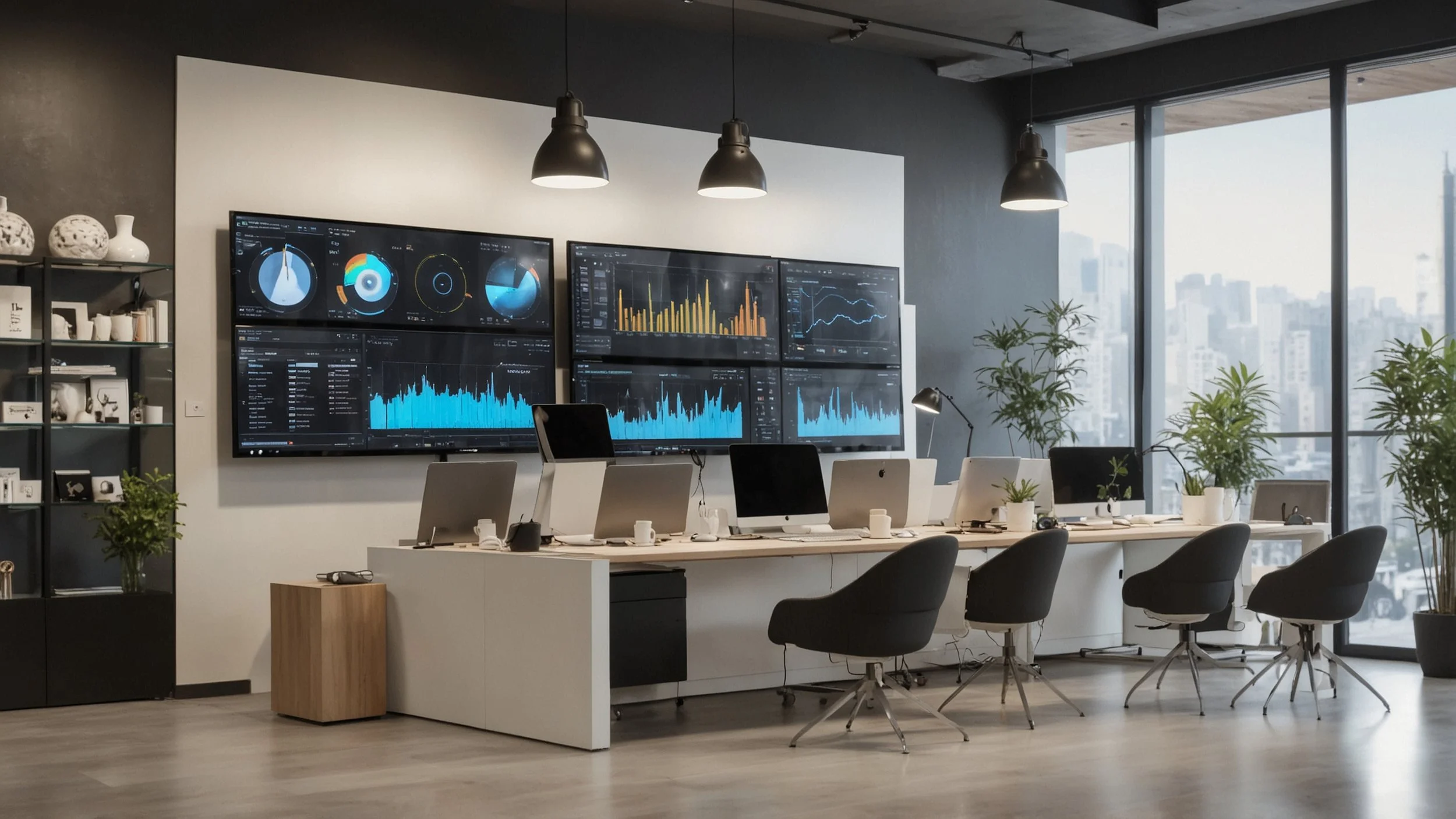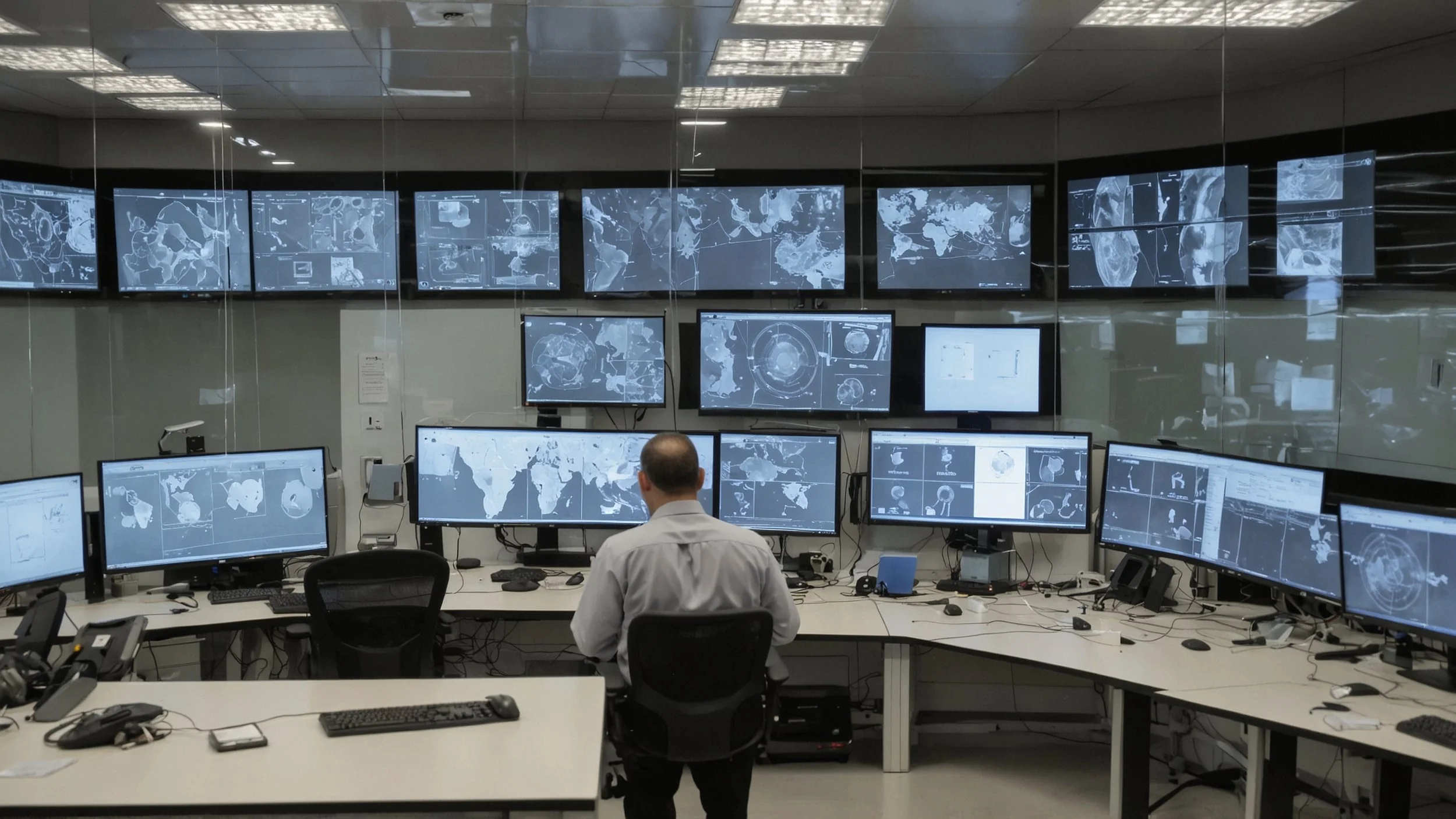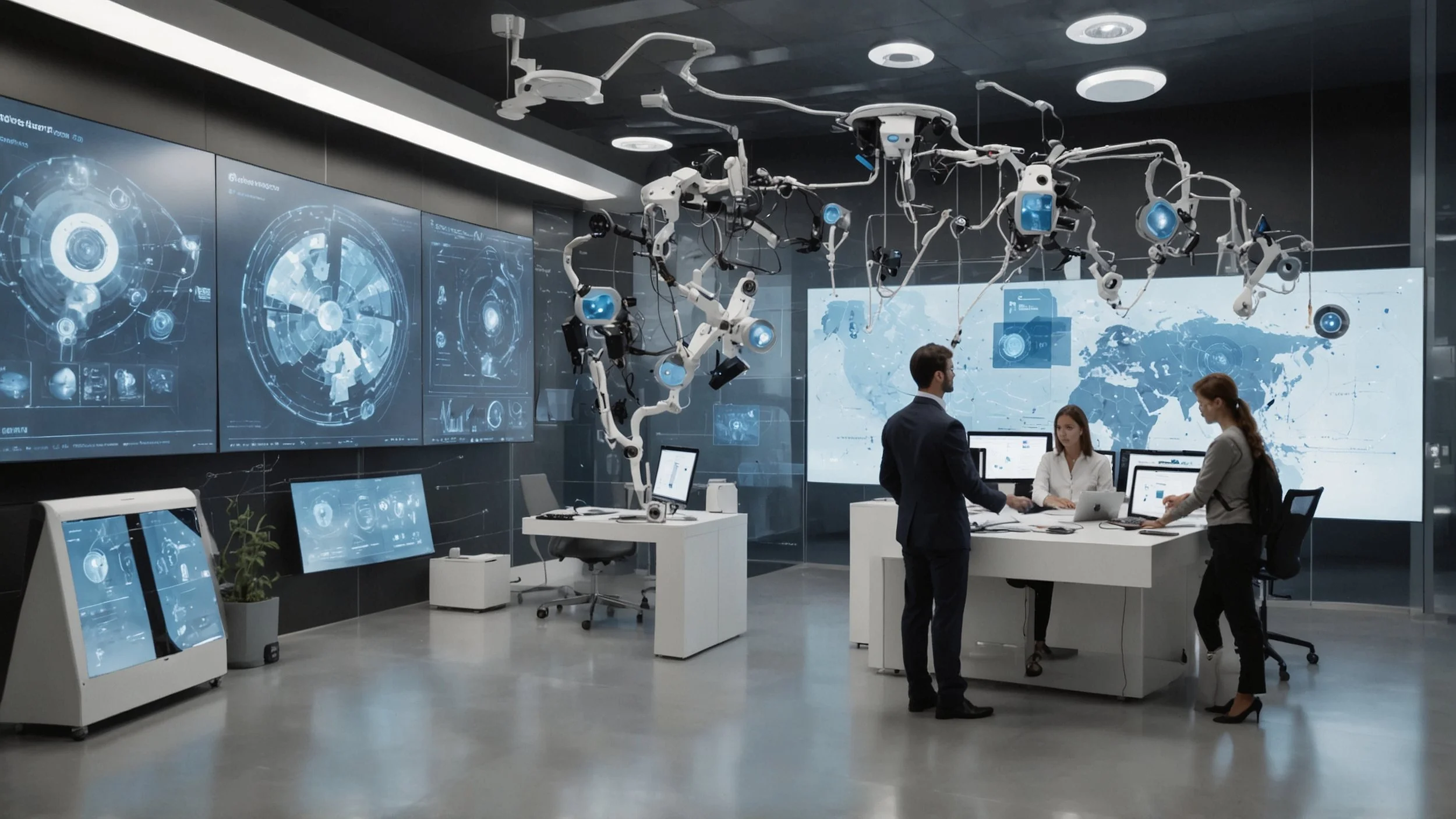Revolution in automation: when vision becomes immediate action
When you observe complex operations in stores or factories, it is no longer enough to record them. Today, visual intelligence combined with automated responses redefines automation. A new system makes it possible to measure any visible event and act immediately, without waiting or human personnel. This breakthrough represents a leap toward the operational efficiency that all industries seek to achieve.
Smart cameras as versatile sensors
A recent platform introduces a visual analytics solution that turns cameras into smart sensors. You can configure what you want to measure - such as stock, security or parking - and set automated responses. The system detects events based on customized criteria and acts instantly, driving operational efficiency. This approach allows you to tailor the technology according to specific business needs, increasing productivity and accuracy.
Less manual monitoring, more intelligence in action
By automating visual observations and responses, companies are able to significantly decrease reliance on manual supervision. This technological transformation not only improves operational efficiency, but also frees up human resources that can be allocated to tasks of greater strategic value within the organization. In addition, the implementation of these solutions eliminates delays associated with incident response, optimizing response capacity.
Reduced manual dependence: Automation minimizes the need for constant monitoring by personnel, reducing human error and improving consistency in surveillance.
Freeing up strategic resources: Employees can focus on higher-value activities, such as planning and continuous improvement, rather than repetitive and routine tasks.
Rapid response to incidents: Automated systems detect and react immediately, avoiding downtime and possible associated damage or loss.
Optimization of physical processes: Technology enables agile and precise execution of tasks that previously required a lot of time and high costs, facilitating a more profitable operation.
Anticipation and operational continuity: By anticipating potential problems through advanced analytics, organizations maintain smooth and secure operations, reducing risk and improving reliability.
Transformation of supervised spaces into active ecosystems
The proposal presents an innovative transformation of video-monitored environments, turning them into active and adaptive ecosystems. Instead of simply documenting what happens in real time, this approach allows immediate intervention when specific patterns are detected, opening up a range of possibilities for optimizing and improving various operations.
It enables automatic, real-time intervention based on predefined pattern detection, which increases operational efficiency.
It integrates machine vision and automatic intelligence technologies to create a system that not only observes, but also acts proactively.
It facilitates management and control in spaces as varied as warehouses, shopping centers or public areas, adapting to different application contexts.
Promotes more agile and resilient operations, able to respond quickly to incidents or changes in the environment.
It redefines traditional monitoring from a passive to a reactive system that improves safety, productivity and user experience.
Visualization is no longer just seeing: it now involves understanding and responding. Intelligent automation based on visual analytics represents a new threshold in operational efficiency. Those who adopt this technology will be able to anticipate problems, optimize resources and transform their operations with active vision, driving the future of industry and commerce.






